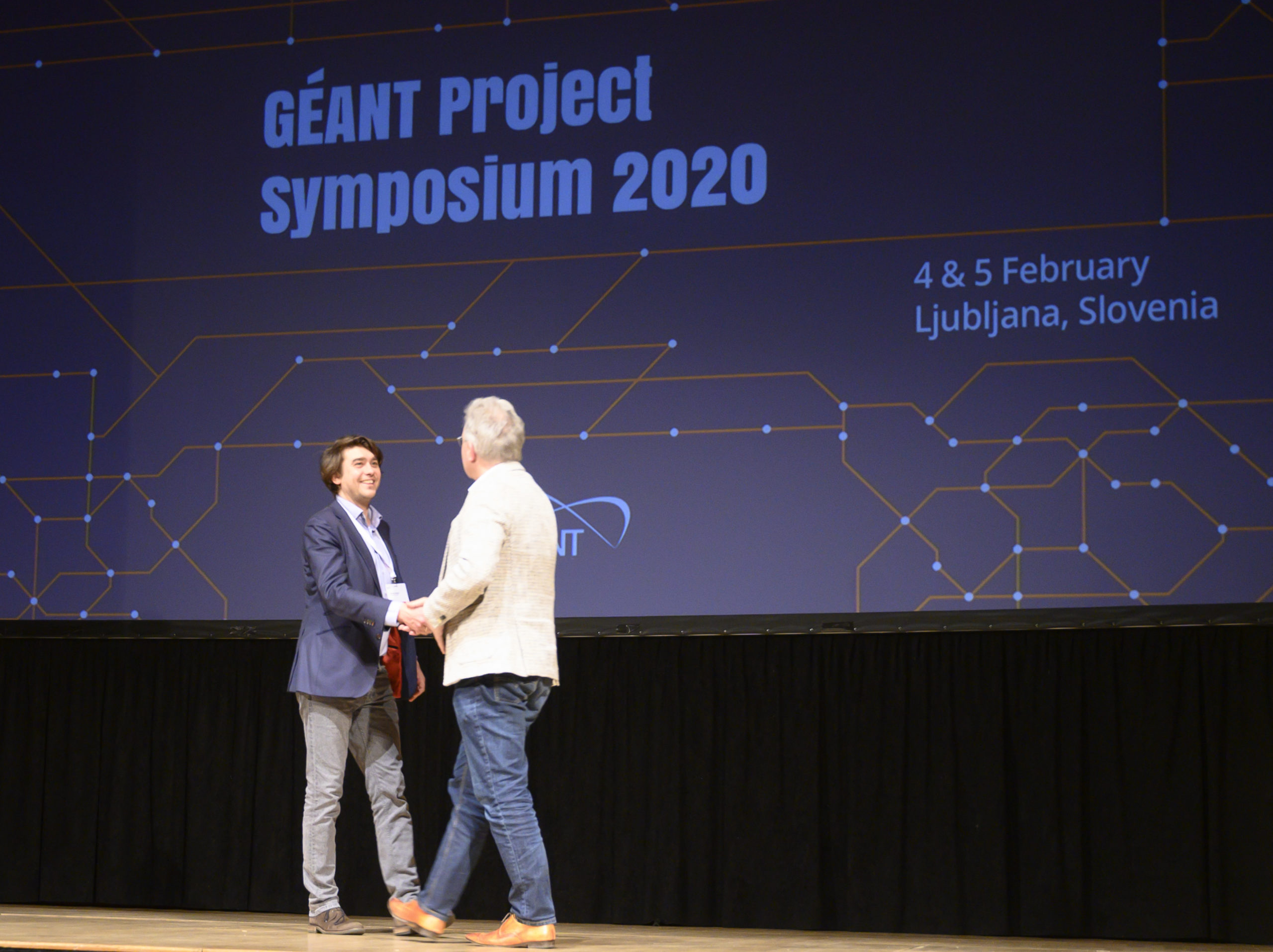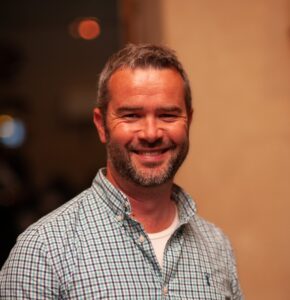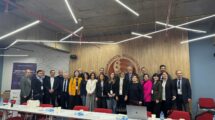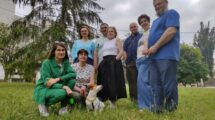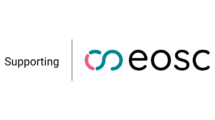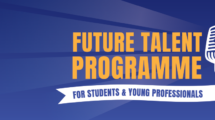On the 4th and 5th February, over 250 participants from the GN4-3 and GN4-3N projects came together in Ljubljana at the GÉANT Symposium, for discussions around project progress against objectives, to ensure project plans continue to best reflect any changes in Europe’s highly dynamic environment, and for some good old-fashioned human networking.
The symposium featured a highly insightful plenary talk from Andreas Veispak, Head of Unit eInfrastructures and Science Cloud for the European Commission (EC) who highlighted GÉANT’s fundamental importance to the Commission’s objectives. In particular, he referred to the GN4-3N project as “… putting Europe ahead in networking infrastructure for science during the next 15 years”.
He spoke of how connectivity is at the heart of everything we in Europe do that is digital, and that what GÉANT and the NRENs together with the EC have achieved is truly impressive. He expressed how the GÉANT community is considered the bridge between the EC, the researchers and the member states.
With the development of the European Open Science Cloud (EOSC), he further spoke around GÉANT’s role here as a provider of fundamental research-enabling services besides fast & secure and reliable connectivity (for example Authentication and Authorisation services).
InAcademia service launched
Officially launched at the event was the InAcademia service. InAcademia is a real-time authentication service to provide both commercial and community service providers a simple and privacy-preserving method of checking the status of a user. https://inacademia.org
17 sessions, 6 demonstrations, 21 side meetings
The two-day event included numerous scheduled sessions around the GÉANT network, trust & identity, security, cloud services, and engagement, as well as hundreds of discussions around the coffee breaks, lunches and networking dinner.
With such engaged, passionate and committed partners and participants, the GN4-3 and GN4-3N projects are well positioned not only to build on the excellence delivered by predecessor projects, but to remain fundamental to the pursuit of Open Science.
Learn more about GN4-3 and GN4-3N
